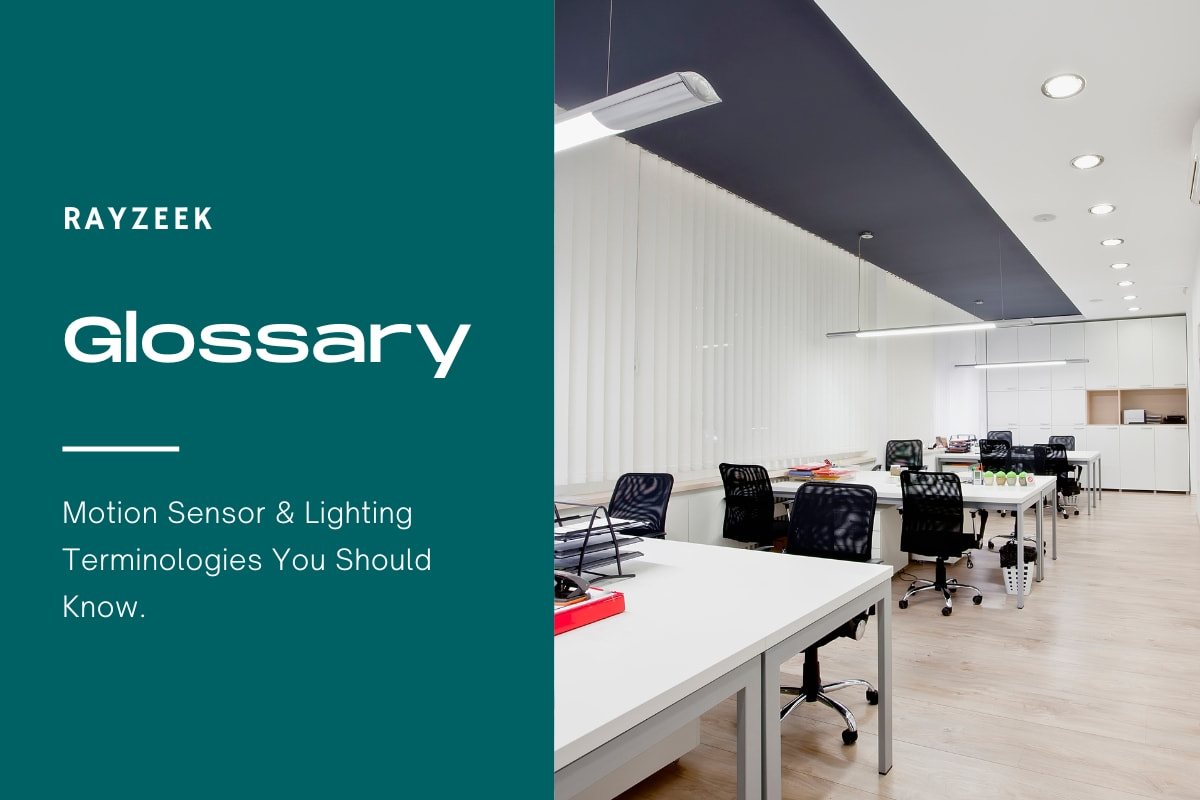What is Dual Voltage
Dual voltage refers to lighting fixtures or systems that are designed to operate on two different voltage levels. Typically, these voltage levels are 12 volts (DC) and 120 volts (AC). The purpose of dual voltage lighting is to provide flexibility and adaptability in different power supply situations.
These fixtures are capable of being powered by either a low voltage DC power source, such as a battery or generator, or a standard household AC power source. This means that they can be used in various settings, such as boats or trailers, where different power sources may be available.
Looking For Motion-Activated Energy-Saving Solutions?
Contact us for complete PIR motion sensors, motion-activated energy-saving products, motion sensor switches, and Occupancy/Vacancy commercial solutions.
Dual voltage lighting fixtures are particularly useful in situations where continuous lighting functionality is required, regardless of the power source available. For example, in fancy boats, certain areas need to be lit regardless of whether the boat is connected to shore power or not. Dual voltage fixtures ensure that these areas remain illuminated in any power supply situation. Dual voltage fixtures can be more expensive compared to single voltage fixtures, as they require additional components and features to support their dual voltage functionality. However, the added flexibility and adaptability make them a preferred choice in certain applications.
Maybe You Are Interested In
Frequently Asked Questions
Are LED Lights Dual Voltage
LED lights are specifically designed to operate on low voltage, typically between 12-24V, and require direct current electricity. However, it is important to note that most electrical systems in various locations provide higher voltage, ranging from 120-277V, and use alternating current electricity. In order to accommodate this, an LED driver is used to convert the higher voltage, alternating current to the required low voltage, direct current for the LED lights to function properly.
What Types of Devices Are Dual Voltage
Typically, devices such as cell phones, cameras, tablets, and laptops are designed to be dual voltage, which means they can be used without the need for a converter. However, it is important to note that appliances like hair dryers, curling irons, battery chargers, hair straighteners, electronic razors, and electronic toothbrushes are usually not dual voltage and will require either a converter or a transformer.

























